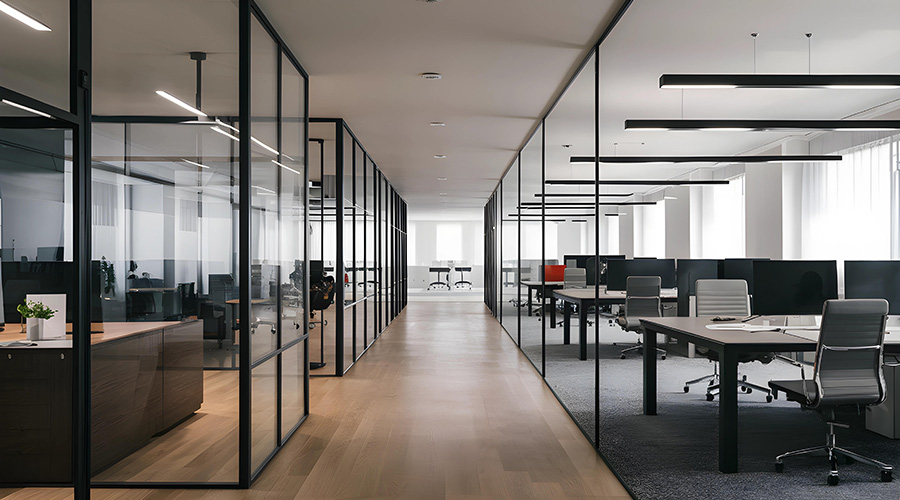U.S. Office Vacancy Rates Continue Climb, But are Slowing
Vacancy rates in the U.S. office, industrial and retail markets continued to climb but at a slower pace in 3Q 2009, while the rate for multi-family properties remained steady, according to analysis from CB Richard Ellis (CBRE).
Vacancy rates in the U.S. office, industrial and retail markets continued to climb but at a slower pace in 3Q 2009, while the rate for multi-family properties remained steady, according to analysis from CB Richard Ellis (CBRE).
The office vacancy rate increased, by 60 basis points (bps), to 16.1 percent, at the end of the third quarter. Although this was the eighth consecutive quarter of rising vacancy rates, it was lower than the 80-bps increase in 2Q 2009 and was the slowest pace of increase since 4Q 2008.
The suburban vacancy increase (60bps) was slightly higher than the increase for downtown areas (50bps). Downtown areas' relative outperformance in this recession continued, with a cumulative increase of 260 bps through the third quarter. By contrast, suburban vacancy rates have risen by a total of 430 bps, thanks largely to the subprime crisis hitting some suburban markets as early as mid 2007.
Vacancy increases were broad-based once again during 3Q 2009, with 46 out of the 57 markets recording rising rates and 11 recording unchanged or lower rates. Of those 11, the Texas markets of Fort Worth, Austin and Houston stood out as relatively good performers. The state's natural resources, high-tech firms, and banks' conservative lending practices have helped that local economy to outperform the rest of the country so far in this recession, according to CBRE.
The national industrial availability rate increased 50 bps to 13.5 percent in 3Q 2009. This result marks the 8th consecutive quarter of rising availability. The vast majority of industrial markets experienced rising availability, with 56 out of 61 major markets showing increases from the previous quarter. Despite the continued rise in industrial availability, the rate of the increases has moderated, as the previous three quarters saw significantly higher jumps in availability.
The overall retail availability rate in the quarter increased by 30 bps — from 12 to 12.3 percent — from the previous quarter, and by 220 bps from a year ago. This was the second consecutive quarter of diminishing increases in availability rates, suggesting that the economic crisis' negative effects on neighborhood and community centers are dwindling, according to CBRE.
Preliminary U.S. multi-family sector data indicates that the apartment vacancy rate held steady in the third quarter. The vacancy rate for the nationwide same-store sample of 3 million professionally-managed apartment units came at 7.4 percent in the third quarter of 2009 — unchanged from last quarter and 160 bps higher than a year ago.
Related Topics:











